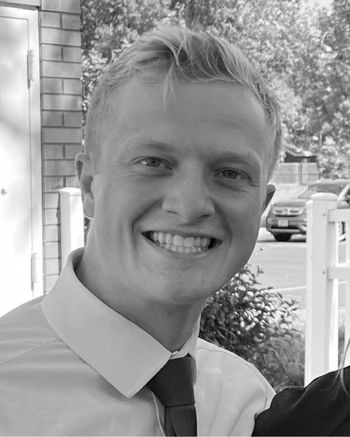WATCH: Profs discuss spirituality of 'non-binary vaginas,' 'femme penises', and 'Black queer religions'
Several university professors gathered on a recent panel and discussed the shift of queer to 'quare.'
To be 'quare' means to recognize 'the reality of non-binary vaginas and biologically femme penises.'
Several university professors gathered on a recent panel to discuss the need to expand queer terminology from “queer” to “quare.” “Quare” is a derivative of “queer,” and, according to one panelist, means “to be black, queer, and religious in various ways.”
Uploaded to the YouTube channel of the Gender Studies Department at Queen’s University in Canada, the panelists included professors Omise’eke Tinsley of the University of California, Santa Barbara, Meredith Coleman-Tobias of Mount Holyoke College in Massachusetts, J.T. Roane of Rutgers University in New Jersey, and Lyndon Gill of the University of Texas at Austin.
Tinsley opened with definitions of quare from her book, “The Color Pynk: Black Femme Art for Survival,” which has a “tribute to E. Patrick Johnson,” who introduced the term.
[RELATED: UT students to flaunt ‘ungrabbable assets’ at ‘twerkshop’]
“Quare” as a noun, Tinsley says, is “a black-identified member of the LBTQIA+ community who embodies resistive femininity; believes the dismantling of misogynoir, femmephobia, and transmisogyny are necessary for black freedom.” “Misogynoir” is specific sexism against black women. Quare people can be “cis or trans, binary or non-binary, AFAB - assigned female at birth - or AMAB - assigned male at birth.”
“Quare” is also an adjective to describe people who love “other black femmes, erotically and politically,” and “recognizes the reality of non-binary vaginas and biologically femme penises.”
Tinsey continued, “In my scholarship now, I use profane and vernacular language, like ‘black femme-inist,’ ‘black p***y power,’ ‘non-binary vagina,’ [and] ‘freedom dreaming’ … The loving reworking of language to hold our shifting understandings of what makes black, gender, and sexual creative folks simultaneously human and divine - which E. Patrick does by the simple mouth-opening shift of a vowel - is what I hold from quare.”
Roane added his thoughts on how he used a “quare approach” in a film he made about “the double loss” of the “physical structure of [his] home church, St. John’s Baptist” during a tornado, as well as his pastor making “anti-trans and anti-queer commentary.”
[RELATED: $122k goes to anti-racism research at this public university]
Focusing on quare’s etymology, Gill said it comes from a “regional vernacular redeployment of ‘queer’ in a North Carolinian, African American tongue of a certain generation.” He then said the words are “shades of each other” such as the colors lavender and purple. Quare “reminds us to resist the tempting universalizing impulse of ‘queer.’”
Coleman-Tobias, during his portion of the presentation, said, “I’m bluntly quare, emerging from the folk-loric, up-south, Afrikana traditions that have purpled feminism’s lavender and blackened queernesses disruptions.”
All relevant parties in the story have been contacted for comment and it will be updated accordingly.

